
“Senator, I enjoyed your book.” Short of yelling, “FIRE!” there’s nothing you could say that would get a Senator’s attention like those five meaningful words. And it works on Representatives too. Let’s be clear, it works on anyone who ever wrote a book…or a blog.
Now at Gum, we don’t dare suggest that you utter such a thing if you didn’t actually read their book. But for those with more time than money, why wouldn’t you read their books? They are a treasure trove of possible opportunities to connect their lives with yours, and your issue.
And what could you ever do to ingratiate yourself with a member of congress more than investing your time to get to know them better? They can’t help but like you.
But what good is stopping them in their tracks if you don’t have something worth saying? First, it helps to prove you actually read the book and it really helps if you can make a connection. “I especially like the story of your first campaign, I worked on one (or I had one) just like it.”
After their response, pivot. “I also appreciated the point you made in Chapter 4 about the 10th amendment. Doesn’t this apply to federal drug policy? Am I wrong?”…
Or, “Senator, I enjoyed your book. I was especially touched by how you dealt with the death of your father. I went thru the same thing and, like you, I would have done anything to ease his pain and suffering…” Pivot.
Or, “Senator, I enjoyed your book. It’s nice to know I’m not the only Talking Heads fan in the building…” Pivot.
Reading their book is the easy part, liking it might be more difficult. Which brings us to the hard but necessary truth… Be genuine. If you can’t, it’s better to say nothing at all. But if you read with an eye toward the one page, paragraph or point that ties their story to your issue, you will find something to talk about.
For those who prefer the Cliff Notes version, feel free to use what members say during a news interview. “Senator, I like what you said on the news about your support for the Right to Try bill. Does that include cannabis? If not, why not?”
There’s a proverb related to war that states, “Know yourself, know your enemy, and you shall win a hundred battles without loss.” Some would suggest that advocacy is war and that those opposed to your ideas are the enemy. That’s just hyperbole, but knowing your opponent in any legislative battle is a benefit to you, and your cause.
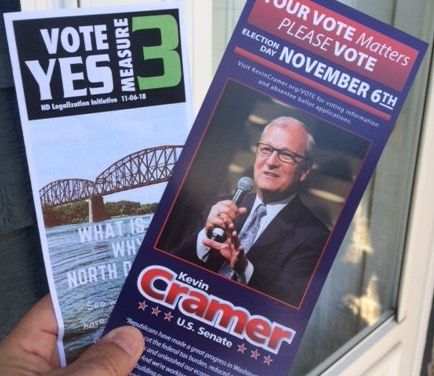 There are generally two types of advocates, those with money and those without. Non-profit advocates tend to be the latter. But what they lack in funds, non-profits tend to make up in credibility and volume. Non-profit advocates also have time, and while that credibility, volume and time can’t be easily quantified, they do have value. And with the advent of social media and email, that credibility can be shared at literally no out-of-pocket expense. Advocates who have a proven record of promoting the good work of elected officials get more in return than those who do not. Think carrots and sticks.
There are generally two types of advocates, those with money and those without. Non-profit advocates tend to be the latter. But what they lack in funds, non-profits tend to make up in credibility and volume. Non-profit advocates also have time, and while that credibility, volume and time can’t be easily quantified, they do have value. And with the advent of social media and email, that credibility can be shared at literally no out-of-pocket expense. Advocates who have a proven record of promoting the good work of elected officials get more in return than those who do not. Think carrots and sticks.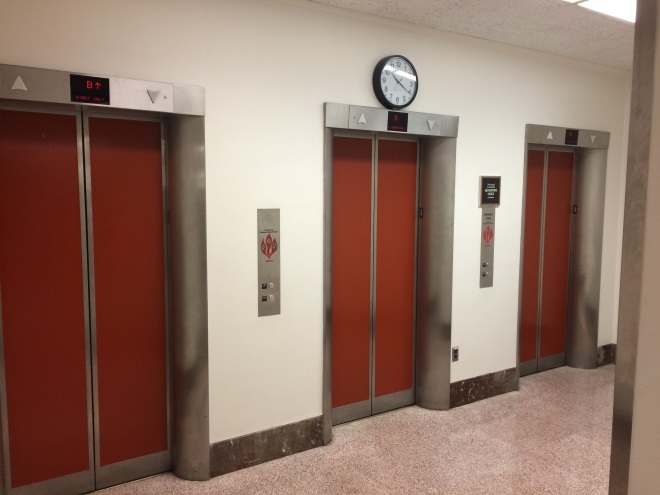
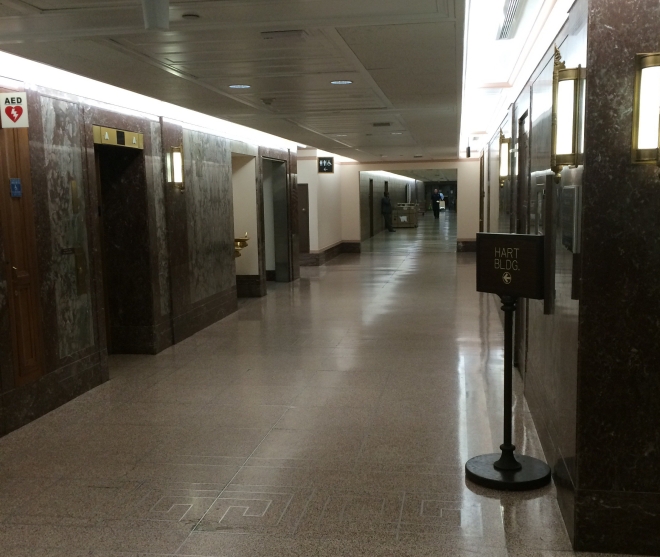
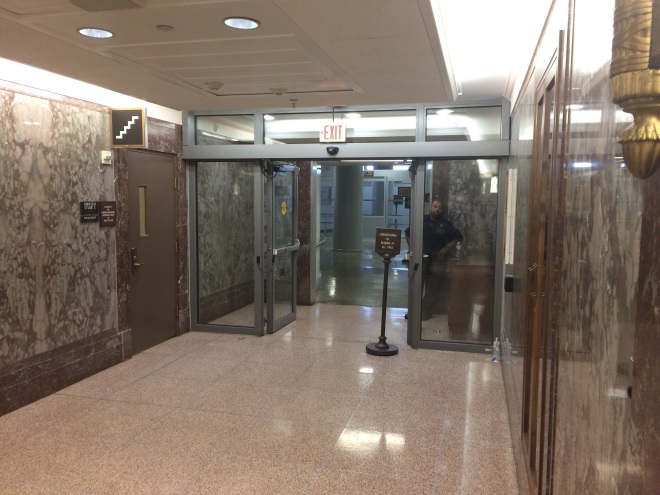
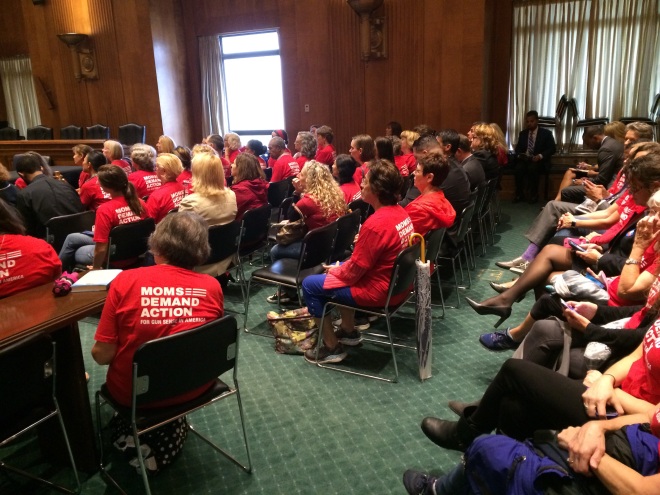


 Before you go running up The Hill, you need to know what you are aiming for. No trip to Washington should be made without a plan to meet your own members of congress. That would be your one member of the House of Representatives and your two members of the Senate. This is third grade civics but you would be surprised how many people don’t know who their members are. Gum On One Shoe believes if you have to get on a plane to come to DC, the least you should get to do is actually meet with your member of Congress. We believe most members feel that way too and the closer they get to reelection, the more accommodating they are likely to be. But you have to do your part. Here are a few tips for seeing your member on The Hill:
Before you go running up The Hill, you need to know what you are aiming for. No trip to Washington should be made without a plan to meet your own members of congress. That would be your one member of the House of Representatives and your two members of the Senate. This is third grade civics but you would be surprised how many people don’t know who their members are. Gum On One Shoe believes if you have to get on a plane to come to DC, the least you should get to do is actually meet with your member of Congress. We believe most members feel that way too and the closer they get to reelection, the more accommodating they are likely to be. But you have to do your part. Here are a few tips for seeing your member on The Hill: